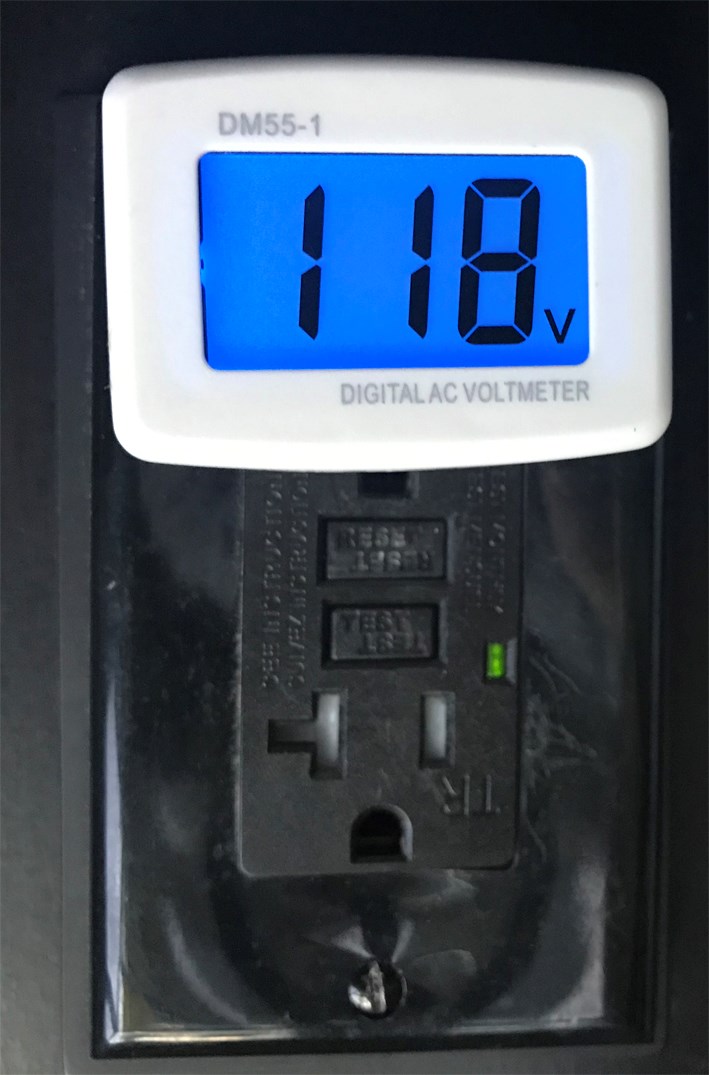Since January 2018, Pierre along with his wife Kerry and their 12-year-old Labrador Kodi have been living and travelling throughout North America in their 32-foot fifth wheel – mostly living off the grid using solar power.
In this column, we’ll talk about camping at a campsite, one that offers both partial hook up (usually water and electricity) and full hook up (water, electricity, and sewage).
So, when you call a campground to book your first site, ask for the full hook up - much easier for your first foray. If you’re booking over the phone, ask for an email confirmation of the date, full hook up, and price. You’d be surprised how often we’d check in at a campground only to find the price has changed or they didn’t have our “verbal” booking. If they refuse to send you the email confirmation - big red flag - book somewhere else.
If you’re comfortable backing up, you can save a few dollars and book a back in site. (If you’re not comfortable backing up your RV, go to an empty parking lot and practice, practice, practice.) Otherwise, get a pull thru - you drive in when you arrive and drive straight out of your campsite when you leave. Unfortunately, most campgrounds have limited pull thrus so the sooner you learn to back up, the better.
You’ll also learn quickly that not all campgrounds are the same - or logical.
For instance the services offered. The vast majority of RVs have the services (electric, water, and sewage) at the rear of the RV on the driver’s side. So you would think all your campsite services would logically be at the back of your campsite on the driver’s side.
Au contraire mon ami.
In Yorktown, Saskatchewan the water spigot was located at the front of the campsite, so far away that our 25ft long water hose wasn’t long enough to reach. (We ended up having to buy a 50 footer. We also have an eight footer - very handy when the campsite spigot is close to your RVs water intake hole.)
In New Brunswick, just outside of Sussex, all the hook ups at our campsite were on the passenger side. We had to swing all the lines (water, sewage, and electrical) underneath our fifth wheel just to reach the services. (That’s where we had to buy an extension to our sewage hose in order for it to reach the sewage hole.)
Let’s look at a few items that are very inexpensive but extremely important to a smooth RVing experience.
First thing I’d suggest buying is a water filter that attaches to your water hose - individually, they cost about $35 and last three months. Don’t assume the water at the campsite is safe drinkable water.
Also get a water pressure regulator that controls the flow of water that comes out of the tap and into your RV lines. We’ve heard horror stories of campgrounds that have too much pressure in their water lines and that water pressure damaging the RV’s water lines. This little device is attached to the tap and is reasonably priced at about $20.
Helpful tip: buy what’s called a water bandit. Sometimes the thread on the campsite’s spigot/tap is worn out (stripped) and you can’t attach your hose. The water bandit tightly wraps around any tap like a sock allowing you to connect any tap to your water hose. Costs around $10.
Another item that we’ve found invaluable - and my favourite - is a voltage tester. Never make the assumption that you always have 120 volts ripping through your wall outlets. When everyone at the campground has their air conditioner running, you’d be shocked to know that often you might only have 106 or less. Older campgrounds that haven’t upgraded their electrical systems are also dangerous. We always look at our voltage meter before we turn on any appliance that takes a fair amount of power such as the microwave or air conditioner. A simple $30 voltage meter that plugs into your RV’s wall outlet can you save you thousands on repairs.
Finally, for your sewage needs, buy a see-through end nozzle that attaches to your sewage hose and that you stick in the sewage hole. Much easier to gauge if your black and grey tanks are empty if you can see the water going down the hole then having to guess because your end nozzle is not see-through.
Now that you’ve added a few common sense items, it’s time to hit the road.
In next week’s column, we’ll talk about selecting the right site for you and campsite set up.

